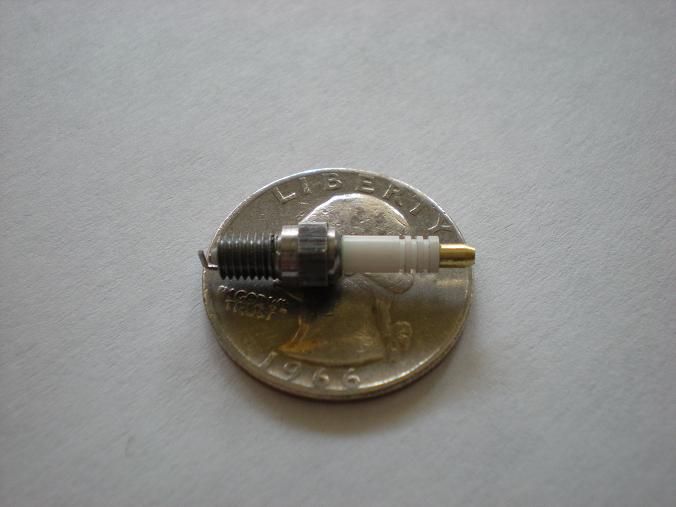Ryan,
Not trying to dissuade you. I know where your coming from I can assure you. So does George and Steve.
I spent 13 years building a boat. If you want a bunch a people telling you "you'll never do that" or "Are you nuts?!"
Try building a steamboat....from the ground up. I got it worst from my siblings. I'm laughing now!
http://www.homemodelenginemachinist.com/index.php?topic=3198.0
If it's in your heart, go for it.
However, you did solicit comments...George was commenting, as was I.
Interesting thing about Forums...you only understand what has been typed
Glad you talked to Lee. The fixturing for the engines is tough to do from scratch. It's nice to get the drawing package with the manufacturing engineering done already! But I suspect you know that already.
We're a good bunch Ryan. We don't kick people when they're down, but help them up.
jump in and have fun.
Sincerely,
Dave
Not trying to dissuade you. I know where your coming from I can assure you. So does George and Steve.
I spent 13 years building a boat. If you want a bunch a people telling you "you'll never do that" or "Are you nuts?!"
Try building a steamboat....from the ground up. I got it worst from my siblings. I'm laughing now!
http://www.homemodelenginemachinist.com/index.php?topic=3198.0
If it's in your heart, go for it.
However, you did solicit comments...George was commenting, as was I.
Interesting thing about Forums...you only understand what has been typed
Glad you talked to Lee. The fixturing for the engines is tough to do from scratch. It's nice to get the drawing package with the manufacturing engineering done already! But I suspect you know that already.
We're a good bunch Ryan. We don't kick people when they're down, but help them up.
jump in and have fun.
Sincerely,
Dave








